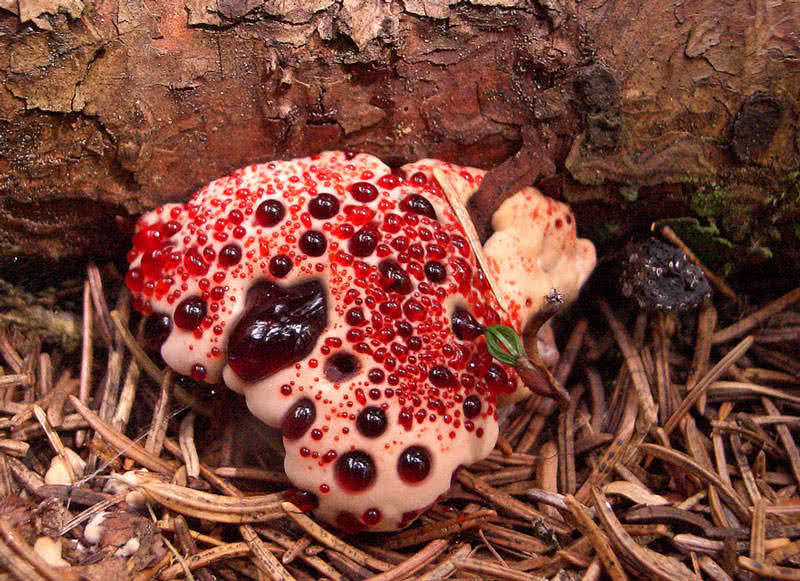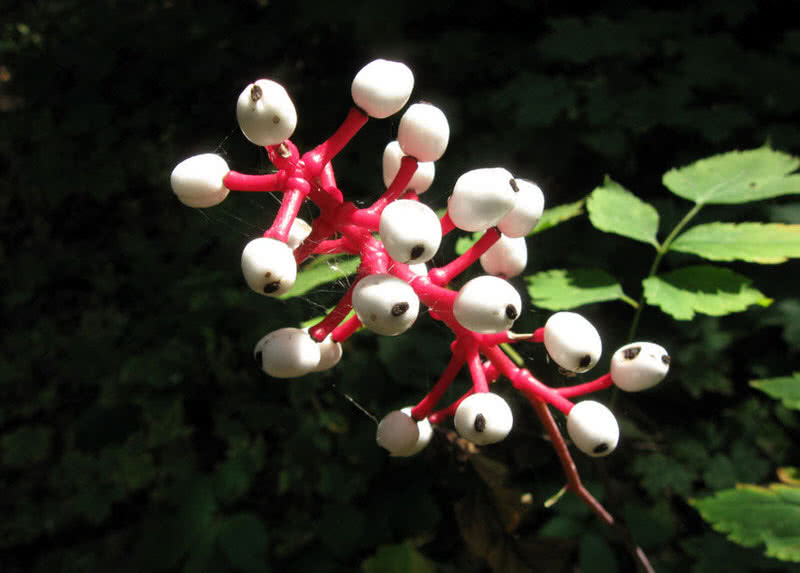

This week I needed to list three similarities and three differences between the two plants. The tow plants are a White Baneberry and a Hydnellum Peckii. 3 simulates: They both have the same color pink. They can be found in north america and can be eaten. 3 differences: Hydnellum Peckii is an fungs that produces blood. The White Baneberry is toxic. The color of fluids on Hydnellum peckii can be varied as orange or pink.
Hello Angela, I am glad to see you are working very hard towards your SLJ activities. Why did you choose these plants, Were they the first two on the list?. I like your three similarities and differences. Keep up the great work!
ReplyDeleteHello Angela! Great work on this activity, I had no clue of information about the two of these plants you chose expect for what they look like. The first image triggers my phobia of the different sized dots resembling holes in my view. I really like the names of the two plants, and well done and the facts you were able to find out. Keep it up!
ReplyDeleteHi Angela,
ReplyDeleteCongratulations for finishing this activity. I love the images too. The image at the top looks interesting, because the whole are different sizes, and it looks beautiful, but scary. It is good to see that your learning a lot. What is your favourite? Do your siblings agree?
Nice!
Tena Koe Angela,
ReplyDeleteCongratulations on coming up with a list of similarities and differences between these two plants. The names 'White Baneberry' and 'Hydnellum Peckii' are super unique for a plant. Without looking at the pictures, no one would have ever guessed what it actually looks like!
I was shocked when I first came across the photo of Hydnellum Peckii. To be completely honest, this plant sort of gives me goosebumps. I do not like the visual features of this plant at all. However I do think it is pretty interesting how the fungi produces blood on its surface - this is surreal!
Would you like to see these plants in real life? Why or why not?
From Susie